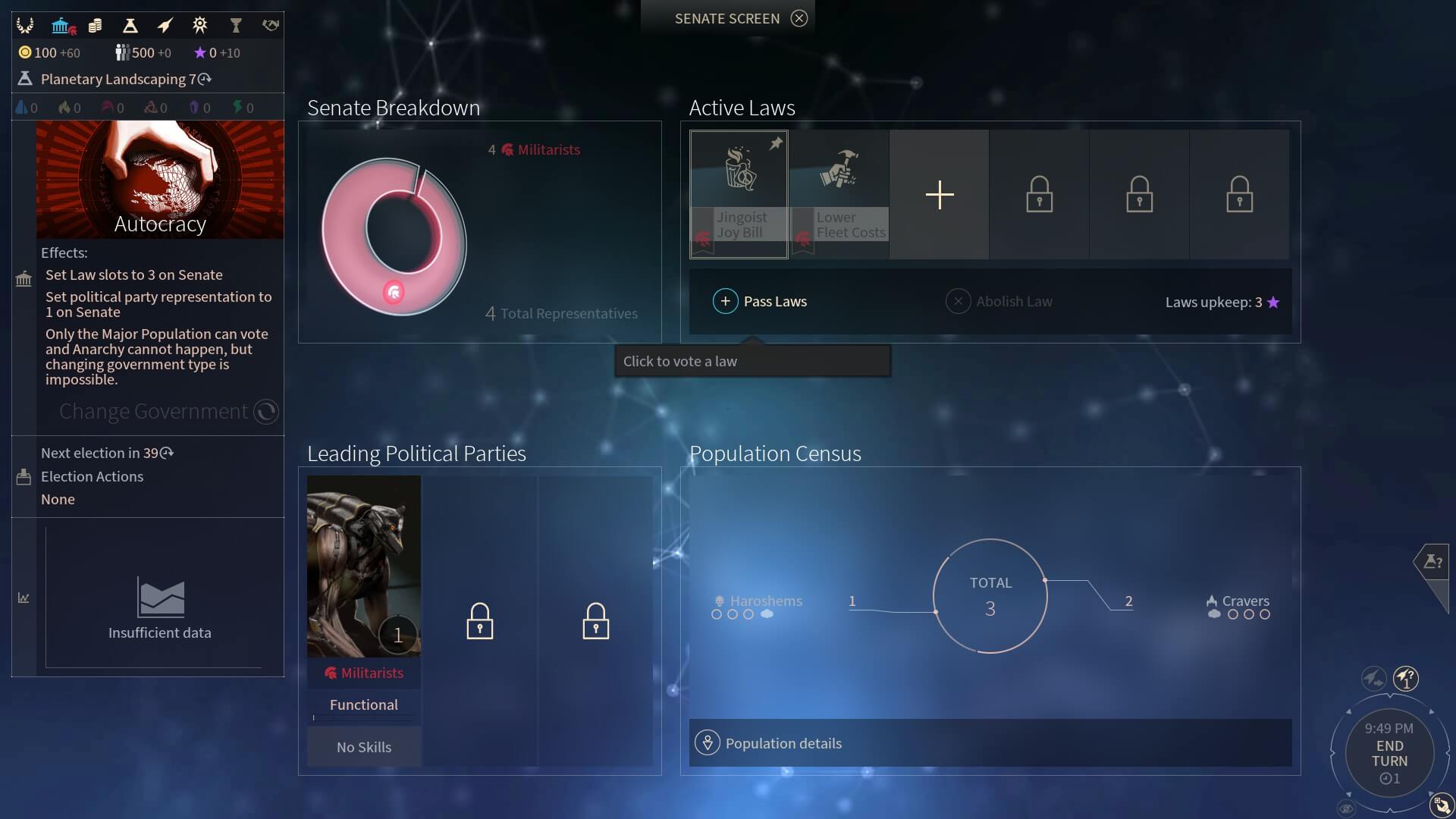

Wikimedia Commons user Markus Poessel, retouched by Pbroks13 Measuring the acceleration at a single point shows no difference between gravitational acceleration and other forms of acceleration, something that's been verified many times over. (right) is a demonstration of Einstein's equivalence principle. The identical behavior of a ball falling to the floor in an accelerated rocket (left) and on Earth. If we could keep a spacecraft accelerating at 1g, there would be no physiological difference experienced by an astronaut on board that spacecraft as compared with a human in a stationary room on Earth. A remarkable prediction of Einstein’s relativity - verified experimentally many times over - is that all objects in the Universe can detect no difference between a constant acceleration and an acceleration due to gravity. One way that challenge could be overcome is if we could sustain an acceleration of 1g not for a few minutes, propelling us into space, but continuously. Our bone densities drop our musculature atrophies in significant ways we experience “space blindness ” and even the International Space Station astronauts who are most diligent about doing hours of exercise a day for months are unable to support themselves for more than a few steps upon returning to Earth. Earth’s gravity is required for healthy development and maintenance of a human body, with our bodily functions literally failing us if we spend too long in space. One of the greatest challenges facing human beings who wish to take long-term journeys in space is the biological effects of not having Earth’s gravity. Rather, rockets are special because they sustain this acceleration for long periods of time in the same direction, enabling us to break the bonds of gravity and achieve escape velocity from Earth. What makes our rockets so special is not that they accelerate at approximately this rate, as many objects like cars, bullets, railguns, and even roller coasters frequently and easily surpass it. The acceleration that we experience due to Earth’s gravity is known as “1g” (pronounced “one gee”), which exerts a force on all objects equal to our mass times that acceleration: Newton’s famous F = m a. For every second that passes by while we’re in free-fall, so long as we neglect outside forces like air resistance, our speed increases in the downward direction by an additional 9.8 m/s (32 ft/s). If we were to jump or drop from a high altitude, Earth’s gravity would accelerate us towards our planet’s center at 9.8 m/s 2 (32 ft/s 2). When we take a look at conventional rockets that we launch from Earth, it surprises most people to learn that they barely accelerate more rapidly than gravity accelerates us here on Earth. Crewed space travel to another star system, at least with the technology we have today, is still a dream for future generations. If we were willing to devote more resources to it as a society, we have the technological know-how right now to take human beings to any of the known planets or moons within the Solar System, but not to any objects in the Oort cloud or beyond. Right now, there are only three things limiting how far our spacecrafts can take us in the Universe: the resources we devote to it, the constraints of our existing technology, and the laws of physics. In theory, a ship with constant acceleration could take us farther into the Universe than anything else we've hitherto envisioned. You must either posses a super-efficient type of fuel or gather more fuel along your journey to achieve relativistic speeds. reach speeds approaching the speed of light, like the Super Haas rocket shown here.

A multistage rocket that lost and jettisoned mass as it moved faster and faster would be required to.


 0 kommentar(er)
0 kommentar(er)
